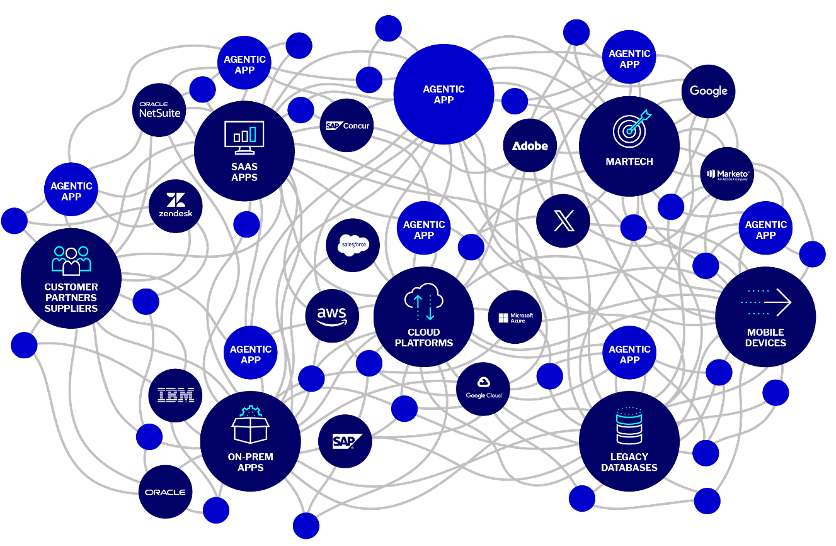GIAC Strategic Planning, Policy, and Leadership (GSTRT) The GIAC Strategic Planning, Policy, and Leadership (GSTRT) certification is designed to validate several areas critical to IT leaders. This includes developing and maintaining cyber security programs, business analysis, strategic planning, and management tools. The exam covers business and threat analysis, security programs and security policy, and effective leadership and communication skills. It’s designed for CISOs, information security officers, and security directors, and shows you have an understanding of effective management strategies, policy development, security program analysis, security program development, threat management, and other relevant topics for IT security leaders. Exam fee: $999 Expiration: Four years and $499 due at time of renewal. GIAC Security Leadership (GSLC) The GIAC Security leadership (GSLC) certification is aimed at security leaders who want to demonstrate they have a handle on governance and understand how to protect, detect, and respond to security threats. The exam covers how to build a security program that will meet business needs, as well as how to manage security operations and teams, and security projects for the lifecycle of the program. It can validate your knowledge in areas such as cryptography concepts for managers, incident response and business continuity, managing cloud and application security, implementing encryption and privacy measures, assessing an organization’s security awareness, and more. Exam fee: $999 Expiration: Four years and $499 due at time of renewal. Information Technology Infrastructure Library (ITIL) 4 The ITIL framework from Axelos is a cornerstone in IT service, and if your organization subscribes to the methodology, a certification will help prove your ITIL 4 expertise. It’s a great certification for IT managers because it focuses heavily on implementing effective management strategies to improve team efficiency and organizational processes. You can be certified up to the expert level, which demonstrates high competency in ITIL 4 best practices. Like the COBIT 5 certification, you’ll have to find a third-party vendor that offers an accredited program or exam. Prices will vary depending on the company or training provider you choose. Exam fee: Varies, depending on vendor. Expiration: Three years For a deeper look at the ITIL cert, see ITIL certification: Mastering IT services management. Information Technology Management and Leadership Professional (ITMLP) The Information Technology Management and Leadership Professional (ITMLP) certification offered by the IT Management and Leadership Institute was designed to validate your skills and abilities as an IT manager. The certification includes a three-day boot camp that covers topics such as technical leadership, managing hybrid and virtual IT teams, creating innovative IT solutions, IT funding and cost management, vendor management, and client services. At the boot camp, you’ll also learn more about IT trends including digital transformation, virtual and augmented reality, big data, ML, DevOps, cybersecurity, and more. It’s best suited for CIOs, IT executives, current or future IT managers, project managers, and business analysts. Exam fee: $1,995 Expiration: Doesn’t expire PMI Agile Certified Practitioner (PMI-ACP) IT managers and leaders who rely on the Agile framework will benefit from a PMI-ACP certification. This certification demonstrates your ability to work on or lead an Agile team. It covers Scrum, Kanban, Lean, extreme programming (XP), and test-driven development (TDD). To qualify for the exam, you’ll need a secondary degree or equivalent, 24 months or two years of Agile experience within the last five years or a current PMP certification (see below), and 28 hours of training in Agile practices, frameworks and methodologies. Exam fee: $435 for members, $495 for nonmembers. Expiration: Three years For additional Agile-related certs, see our roundup of Agile certs to take your career to the next level. Project Management Professional (PMP) If you already have a strong background in project management, you might want to consider PMI’s Project Management Professional (PMP) certification. The exam demonstrates your Agile expertise and ability to utilize Agile methodologies such as Scrum, Lean, Kanban, and more. To qualify for the PMP exam, you’ll need a secondary degree or equivalent, 24 months of Agile experience within the past five years, and 28 hours of training in Agile practices. Exam fee: $425 for PMI members, $595 for nonmembers. Expiration: Three years Scaled Agile Framework (SAFe) The Scaled Agile Framework (SAFe) certification series offered by Scaled Agile is designed to validate your skills and open new doors for career advancement, with a focus on business agility, scaling Agile, and leading Agile teams. For IT leaders tasked to oversee Agile IT teams, this is a certification series that can help validate your skills in several different areas. Courses are offered on topics including implementing SAFe principles and practices, leading SAFe teams, navigating conflict, and fostering collaboration, as well as courses on Agile product management, Agile software engineering, SAFe DevOps, and many more. You can choose the courses that best align with your career goals, and get certified in those specialized areas to demonstrate your expertise. Exam fee: Varies by course. Expiration: Varies by certification. Six Sigma There are five levels of certification within the Six Sigma methodology, starting with green belt, and from there, you can move up the hierarchy to the top level: Executive Leadership. It’s a mentorship and training program that emphasizes IT project management and leadership. Each level mentors a lower level of Six Sigma trainees, emphasizing effective leadership through change and staying agile through organizational transformation. Certifications are offered through your organization or through third-party vendors, so pricing will vary depending on available options. Exam fee: Varies by vendor Expiration: Doesn’t expire TOGAF 9 TOGAF 9 is a standard developed by The Open Group for enterprise architecture management. TOGAF 9 certification is designed to certify your knowledge in a common body of core knowledge about the methodology and framework. The framework is specifically focused on enterprise architecture and aligning IT goals with business goals. As an IT management framework, it’ll help demonstrate your capabilities with cross-departmental communication by defining business and IT goals, and eliminating process errors across the organization. Like the ITIL and COBIT 5 certifications, you’ll need to find a third-party vendor to take the exam. There are also two different exams to pass: the TOGAF 9 parts one and two, or you can opt for the combined exam that allows you













